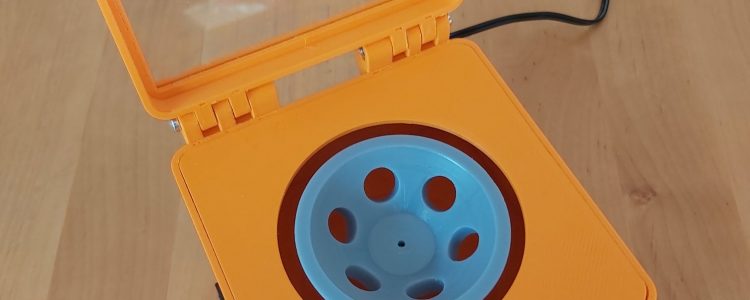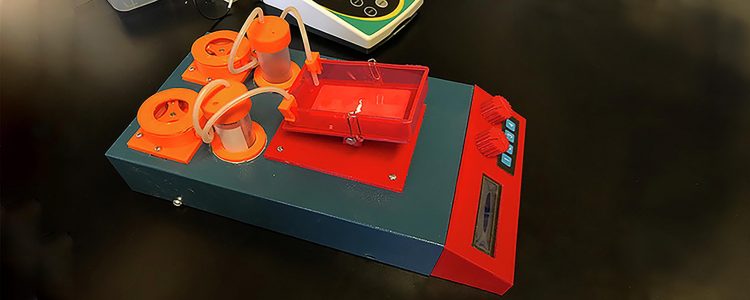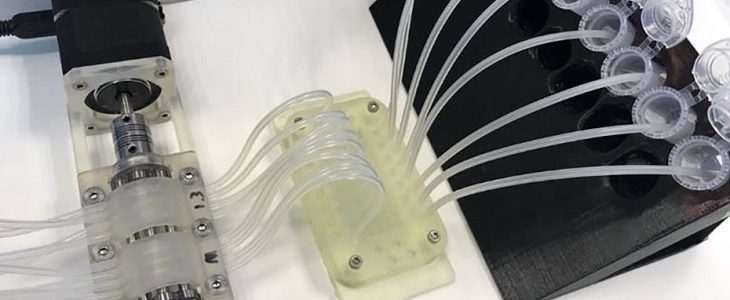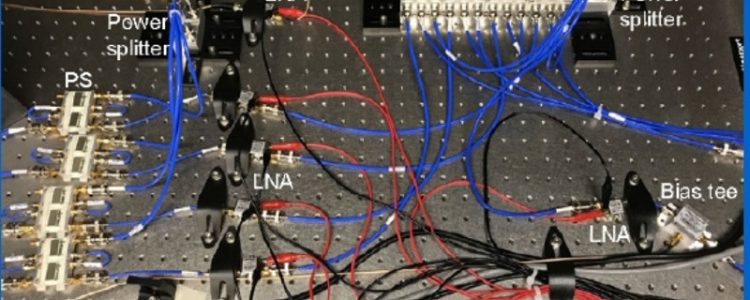Fluorescence-lifetime imaging microscopy (FLIM) is a microscopy technique used to measure the lifetime of a fluorophore rather than its intensity. Sensitive to the sample region’s micro-environment, lifetime measurements aren’t limited to measuring molecule concentration like traditional microscopy, but can also indicate environmental effects such as pH or viscosity. Additionally, this technique is not as affected […]
Tag: DIY

$6 Printed Mini Centrifuge
This 3D printed design for a mini centrifuge caught our eye as a lab hack that is reminiscent of the early days of this blog (UV lamp, Sillouette design cutter). Mini centrifuges are ubiquitous in wet labs. Very simple machines, they are sold by Eppendorf and other scientific manufacturers for $150-200. If your lab has […]

Automated Western Blotting
Western Blots are a ubiquitous technique in biological and biochemical laboratories used to detect a specific protein in a sample using antibody binding. Running a western blot is one of the more mundane and time consuming tasks of a lab researcher. A new paper “Open source automated western blot processor” from Jorge Bravo-Martinez describes a […]

A low cost microfabrication toolbox
If you are interested in working with microfluidics and are having difficulty getting started, check out a paper by Jérôme Charmet, Rui Rodrigues, Ender Yildirim, Pavan Challa, Benjamin Roberts, Robert Dallmann, and Yudan Whulanza. The paper describes cheap solutions to several chamber fabrication techniques including photolithography, micromilling, 3D printing, xurography (knife cutting) and screen-printing. The […]

A $400 SLA-3D-printed peristaltic pump for multi-channel systems
The FAST Pump is an elegant, low cost, small, and easy to fabricate alternative to commercial peristaltic pumps which will cost you between $140 to $400 depending on quality and DIY considerations. Detailed instructions on how to make the device are covered in this paper by Alexander Jönsson, Arianna Toppi, and Martin Dufva . Lab […]
